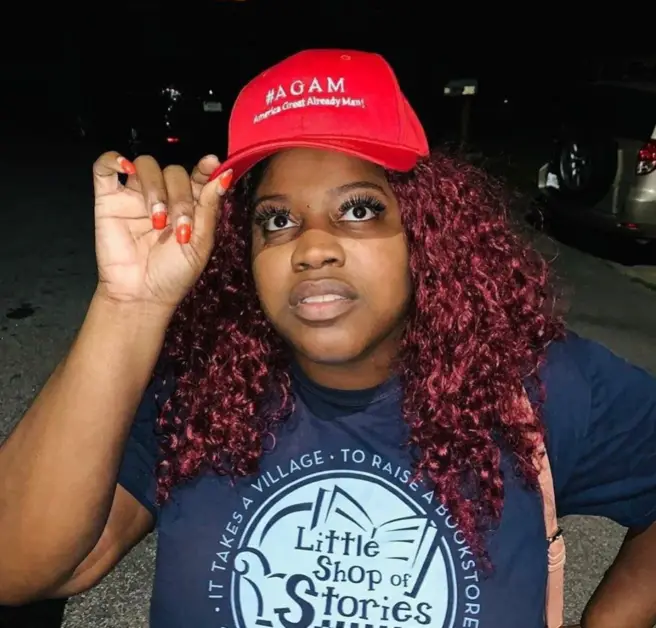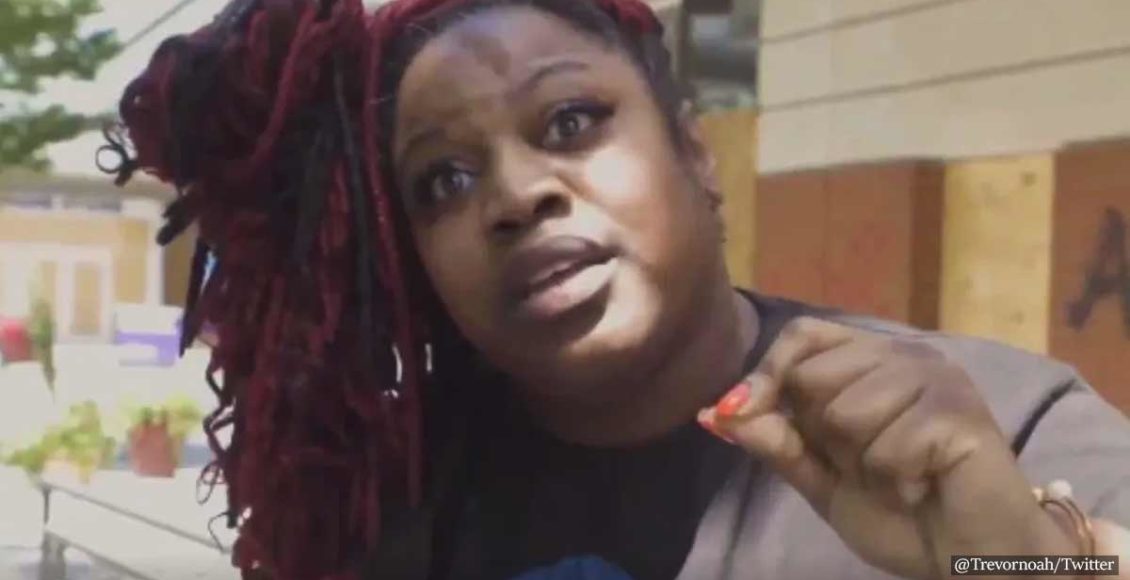It’s been nearly three weeks since the death of George Floyd, caused by the ignorance of a white police officer. The disturbing incident sparked a massive wave of protests across the United States and other countries around the world.
BLM demonstrators are still out in the streets, demanding racial justice and protesting against police brutality.
However, some protesters still have some questions about the real reason behind the ongoing unrest.
There are many motives for demonstrators to voice their standpoints. For instance, some are protesting for justice for George Floyd, some are raging over police brutality, and others are supporting the black community. But some claim these significant reasons are only parts of the real problem.
Kimberly Latrice Jones, an author, a screenwriter, and a director, has powerfully summarized the whole havoc between protesters and authorities going on in the streets.

In a viral video shared on Twitter, Jones passionately expresses her opinion about the current situation.
The Atlanta-based host emphasizes on the fact that there are three different types of people in the demonstrations. She says:
“When you have a civil unrest like this, there are three types of people in the streets: there are the protesters, there are the rioters, and there are the looters.”
Furthermore, Jones highlights that people need to start asking the right questions:
“I think that as long as we’re focusing on the ‘What?’, we’re not focusing on the ‘Why?’, and that’s my issue with that.”
This! 🙌🏾 IG: kimberlylatricejones & djonesmedia pic.twitter.com/l8zX4CULEg
— Trevor Noah (@Trevornoah) June 6, 2020
What makes Kimberly’s message unique is the quick history and economics lesson she gives through a Monopoly game metaphor.
Besides, she also notes that the reason why black people were brought to the U.S. was indeed economics.
“If I right now decided that I wanted to play Monopoly with you, and for 400 rounds of playing Monopoly I didn’t allow you to have any money, I didn’t allow you to have anything on the board, I didn’t allow for you to have anything, and then, we play another 50 rounds of Monopoly and everything that you gained and you owned while you were playing that round of Monopoly was taken from you?”
Ms. Jones mentions the cases in Tulsa and Rosewood as examples of places where the black community had built ‘black economic wealth’ but it was unjustifiably burned ‘to the ground’.
In 1921, in Tulsa, Oklahoma, during what is known as the ‘Tulsa race massacre’, mobs of white residents attacked black residents and businesses of the Greenwood District in Tulsa. They destroyed more than 35 square blocks of the district, where the Black Wall Street was situated. Historians now believe as many as 300 people may have died, as Tulsa History reports.
Ms. Jones’ reference gives light to how many members of the black community are viewing the ongoing racial injustice even today, nearly a century after these tragedies.
“They are lucky that what black people are looking for is equality and mot revenge.”


